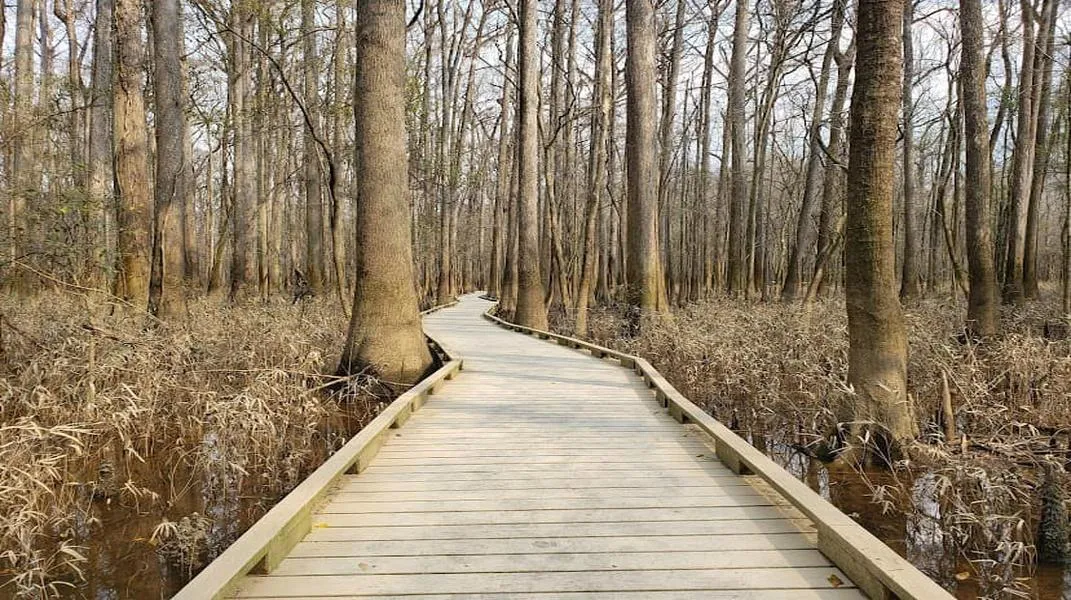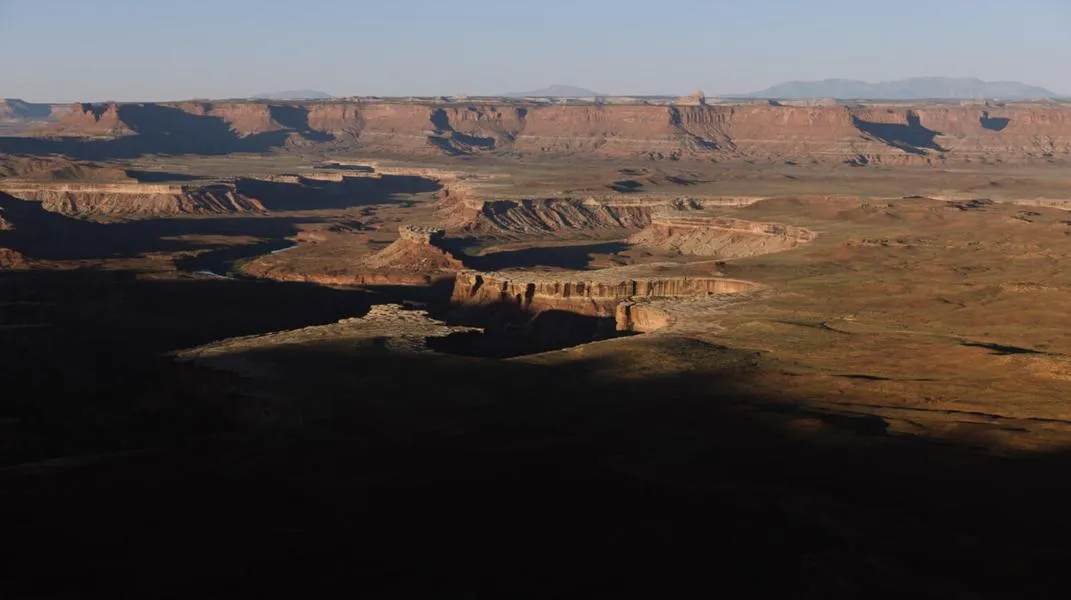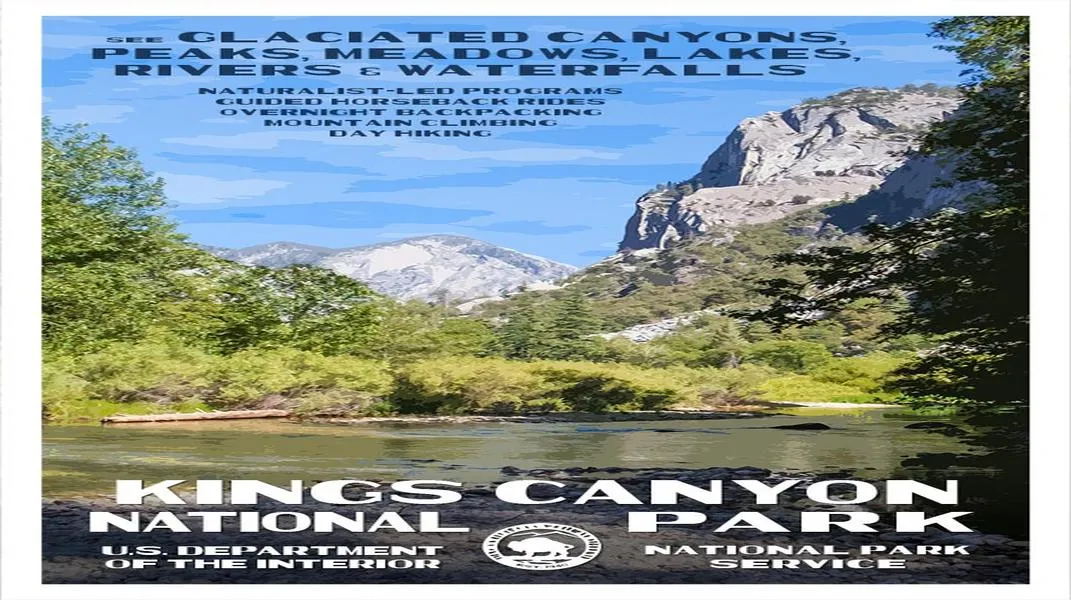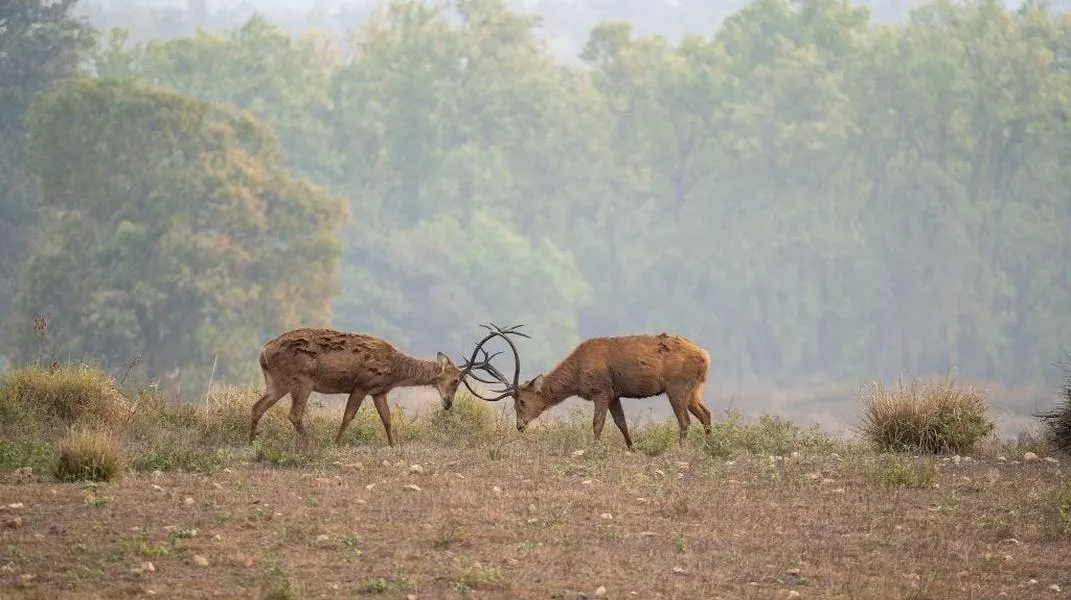Exploring Congaree National Park: A Natural Wonder
Nestled in the heart of South Carolina, Congaree National Park stands as a testament to the beauty and significance of America’s natural ecosystems. Spanning over 26,000 acres, this unique park is home to one of the tallest and most pristine old-growth bottomland hardwood forests in the United States. With its rich biodiversity, serene landscapes, and a variety of recreational opportunities, Congaree National Park has become a popular destination for nature lovers, hikers, and anyone seeking a peaceful retreat from the hustle and bustle of everyday life.

A Brief History
Congaree National Park was established in 2003, but its history dates back to the 18th century when the area was recognized for its rich natural resources. The park's name is derived from the Congaree River, which meanders through the park and gives life to its diverse ecosystems. The land has been inhabited for thousands of years by indigenous peoples and later became a site for logging and agriculture. The concerted efforts of conservationists and local citizens led to the establishment of the park, preserving this remarkable landscape for future generations.
The Unique Ecosystem
The park's ecosystem is one of the most diverse in North America, with over 170 species of trees, including some of the tallest in the eastern United States. The towering giants, such as the bald cypress and bottomland hardwoods, create a stunning canopy that supports a rich understory of shrubs, ferns, and wildflowers. Wildlife is abundant, with opportunities to spot deer, raccoons, various species of birds, and even the elusive bobcat. The park is also home to a variety of amphibians and reptiles, making it a perfect destination for those interested in herpetology.
A defining characteristic of Congaree is its floodplain ecosystem. The park is subject to seasonal flooding, which enriches the soil and creates a dynamic habitat. This flooding cycle plays a crucial role in maintaining the biodiversity of the area, allowing various species to thrive in their unique niches.
Recreational Opportunities
Congaree National Park offers numerous recreational activities that cater to a wide range of interests. Whether you are an avid hiker, a wildlife enthusiast, or someone looking to immerse themselves in nature, there are options for everyone.
Hiking and Trails
The park features over 20 miles of hiking trails, including the popular Boardwalk Loop Trail. This 2.4-mile loop is accessible for all visitors and provides a fantastic introduction to the park’s unique ecosystem. Elevated boardwalks allow visitors to traverse the swampy areas without disturbing the delicate environment underneath. Along the way, interpretive signs provide information about the flora and fauna, enhancing the educational experience.
For those seeking a more challenging hike, the Kingsnake Trail and River Trail offer longer routes that take you deeper into the park’s wilderness. The Kingsnake Trail extends for about 5.5 miles and winds through diverse habitats, while the River Trail follows the banks of the Congaree River, providing stunning views and opportunities for birdwatching.
Canoeing and Kayaking
The park is crisscrossed by various waterways, making it an ideal spot for canoeing and kayaking. Paddling through the park’s calm waters allows visitors to experience the tranquility of the swamp and observe wildlife from a unique vantage point. The Congaree River and Dawkins Lake are popular spots for paddling, with rental options available nearby. Keep an eye out for turtles sunbathing on logs and herons hunting for fish along the shoreline.
Camping
For those looking to extend their visit, Congaree National Park offers primitive camping options. The park features a designated backcountry camping area, where visitors can pitch their tents and enjoy a night under the stars. Camping at Congaree allows for a deeper connection with nature, as the sounds of the forest come alive at night. Reservations are required for backcountry camping, and it is essential to practice Leave No Trace principles to preserve the park’s pristine environment.
Wildlife Watching
The park is a haven for wildlife enthusiasts. Early mornings or late afternoons are the best times for spotting various species. Birdwatchers will delight in the array of avian life, including the striking pileated woodpecker, the vibrant indigo bunting, and the majestic osprey. Seasonal changes also bring different wildlife sightings, making every visit unique.
Preparing for Your Visit
To ensure a safe and enjoyable visit to Congaree National Park, proper preparation is essential. Here’s a comprehensive guide to the materials and items you should consider bringing along:
Clothing
- Comfortable Hiking Shoes: Sturdy, waterproof hiking boots are recommended, especially if you plan to hike the trails or venture into wet areas.
- Weather-Appropriate Clothing: Check the weather forecast before your visit. Layers are ideal, as temperatures can vary significantly. Lightweight, moisture-wicking fabrics are recommended for warmer months, while insulated layers may be necessary in cooler seasons.
- Rain Gear: Sudden rain showers are common in the park. A lightweight, waterproof jacket or poncho can keep you dry during unexpected downpours.
- Insect Repellent: The park’s wetlands can attract mosquitoes, especially in the summer months. A good insect repellent is essential for a comfortable visit.
Gear and Equipment
- Backpack: A comfortable daypack is useful for carrying snacks, water, and other essentials during your hikes.
- Water Bottles: Staying hydrated is crucial, especially during outdoor activities. Bring reusable water bottles to reduce waste.
- Snacks: Pack energy-boosting snacks like trail mix, granola bars, or fruit to keep your energy levels up while exploring the park.
- First Aid Kit: A basic first aid kit can be invaluable for treating minor injuries or insect bites during your visit.
- Binoculars: If you’re interested in birdwatching or wildlife observation, binoculars will enhance your experience.
- Camera: Capture the stunning landscapes and wildlife with a camera. A smartphone with a good camera can also work wonders.
Navigation Tools
- Park Map: While the park is well-marked, having a physical map can be helpful, especially if you plan to explore the backcountry or less-traveled areas.
- GPS Device or Smartphone: A GPS device or a smartphone with a map app can help you navigate the park’s trails.
Other Essentials
- Trash Bags: To adhere to Leave No Trace principles, bring trash bags to collect any waste you produce while in the park.
- Sunscreen: Protect your skin from the sun’s rays, especially if you’ll be spending extended periods outdoors.
- Flashlight or Headlamp: If you plan to camp or stay out after dark, a flashlight or headlamp is essential for navigating the trails.
Park Regulations and Etiquette
Before your visit, familiarize yourself with the park’s regulations and guidelines to ensure a safe and respectful experience. Some key points to remember include:
- Stay on designated trails to minimize environmental impact.
- Keep a safe distance from wildlife; feeding or approaching animals is prohibited.
- Camp only in designated areas and respect quiet hours.
- Leave natural and cultural features as you found them.
Conclusion
Congaree National Park is a captivating destination that offers a unique opportunity to explore one of America’s last remaining old-growth forests. With its diverse ecosystems, rich wildlife, and endless recreational options, it is a paradise for nature lovers and adventure seekers alike. Whether you’re hiking the trails, paddling the waterways, or simply soaking in the tranquility of the surroundings, your visit to Congaree is sure to leave a lasting impression.
As you prepare for your journey, remember to pack thoughtfully, respect the natural environment, and immerse yourself in the beauty of this incredible national park. Congaree National Park is not just a place to visit; it’s an experience that connects you to the raw beauty of nature, reminding us of the importance of preserving such treasures for future generations. So, lace up your boots, grab your gear, and get ready for an unforgettable adventure in the heart of South Carolina!




